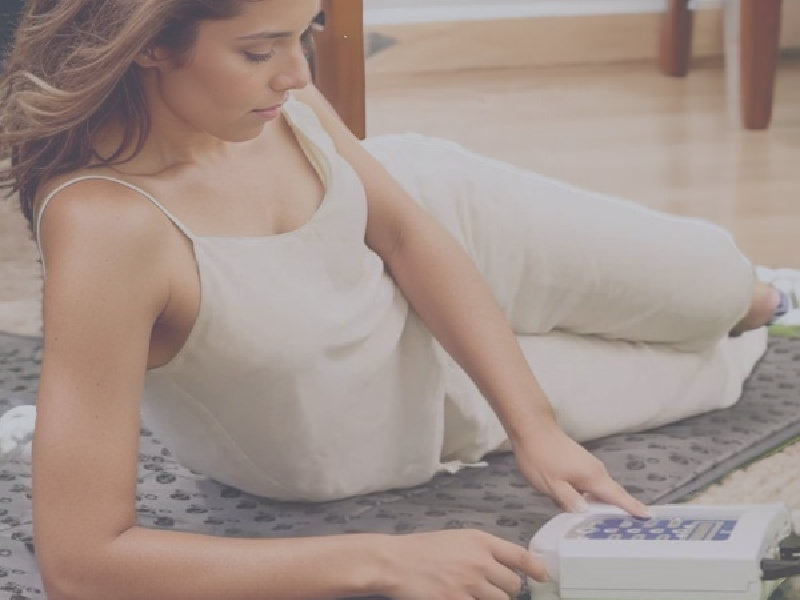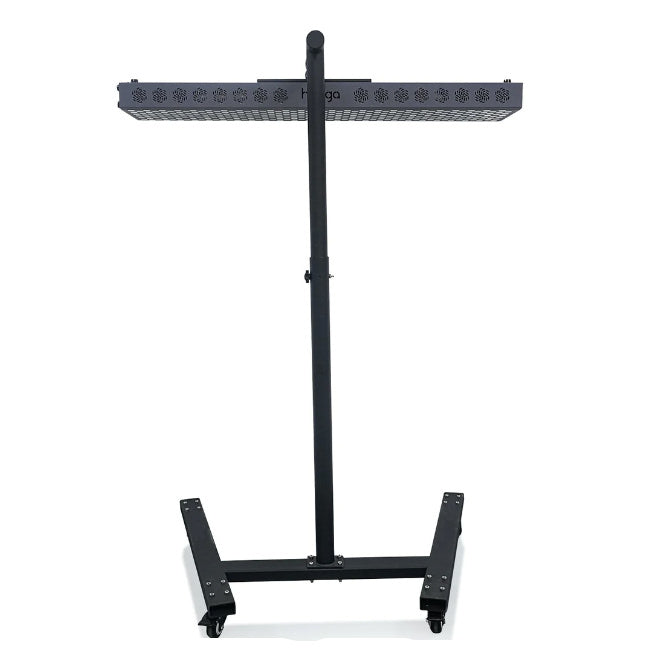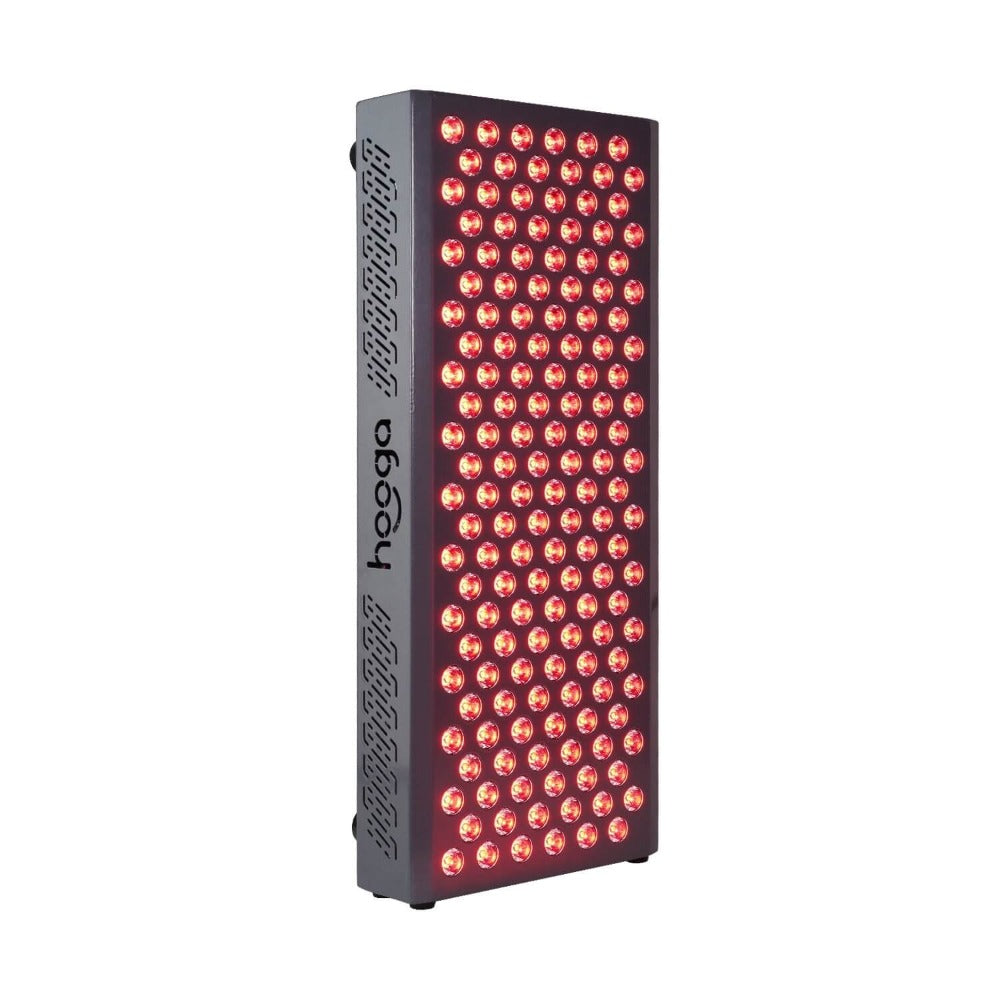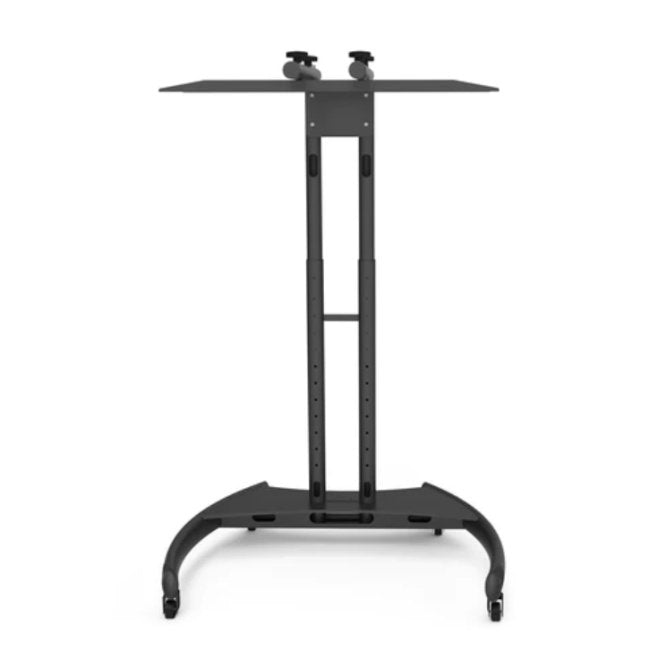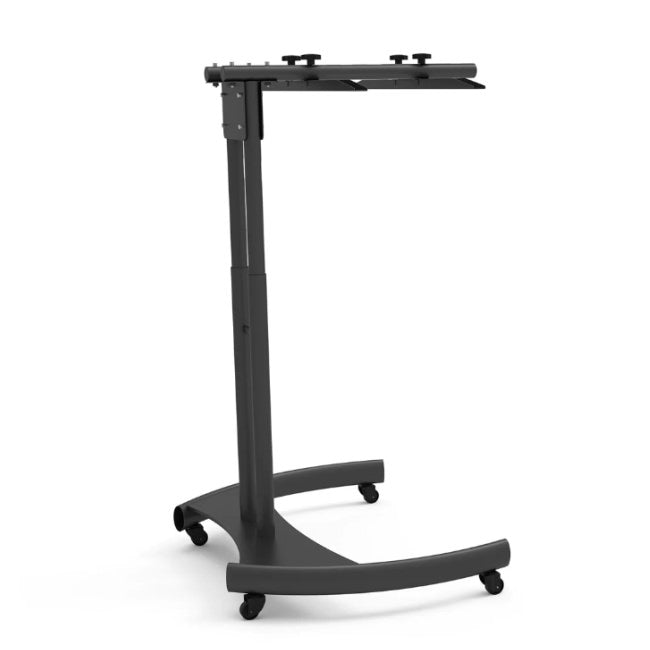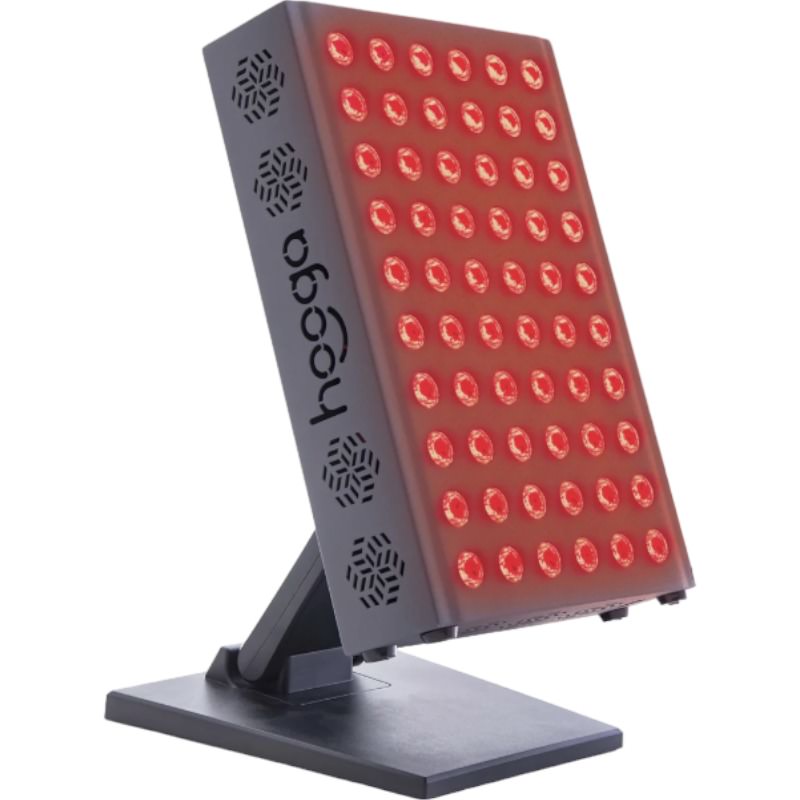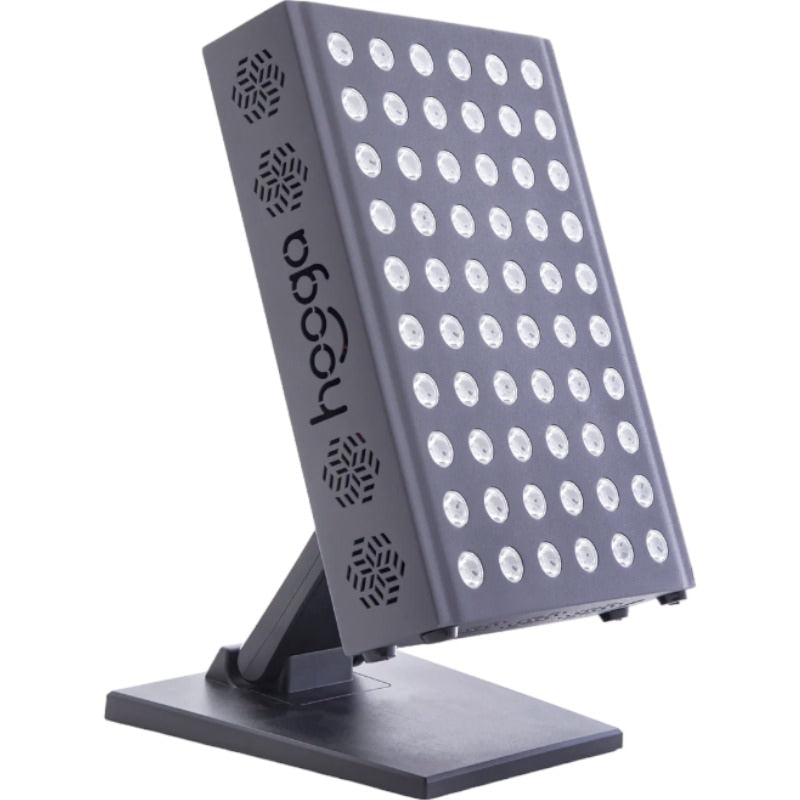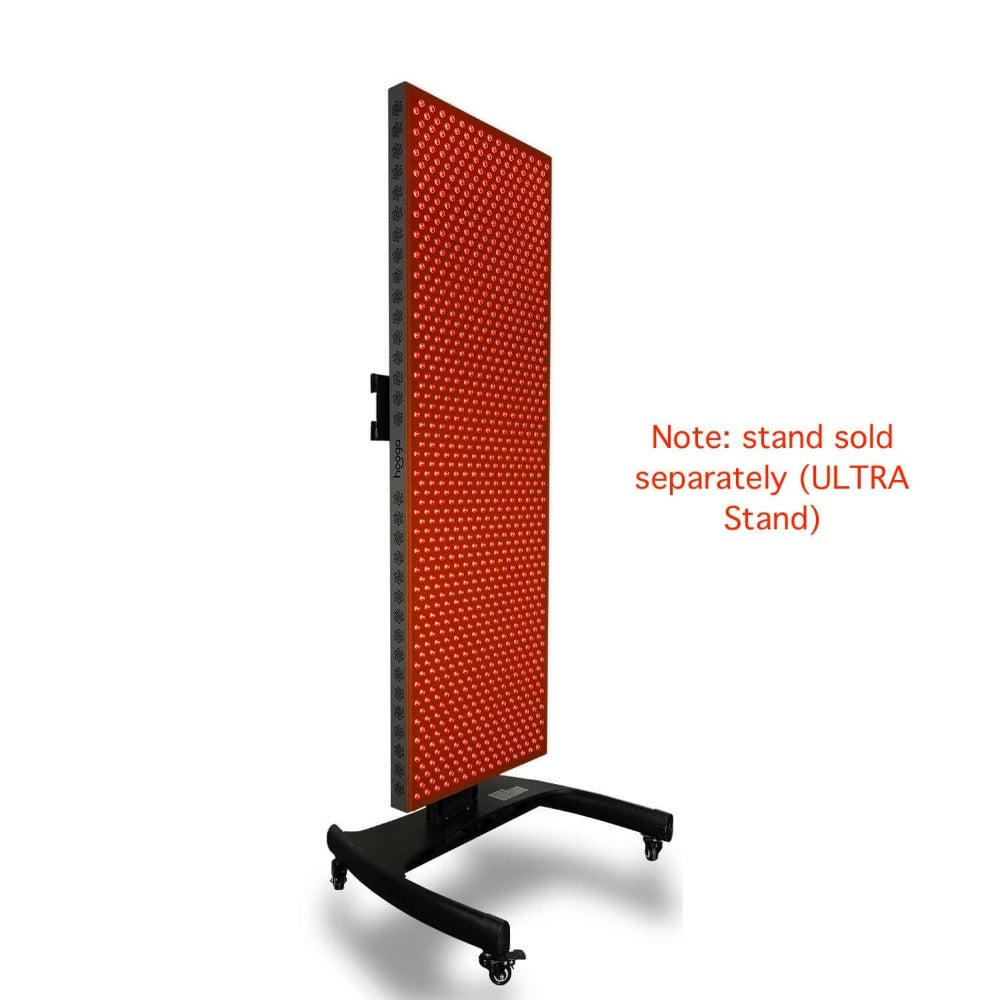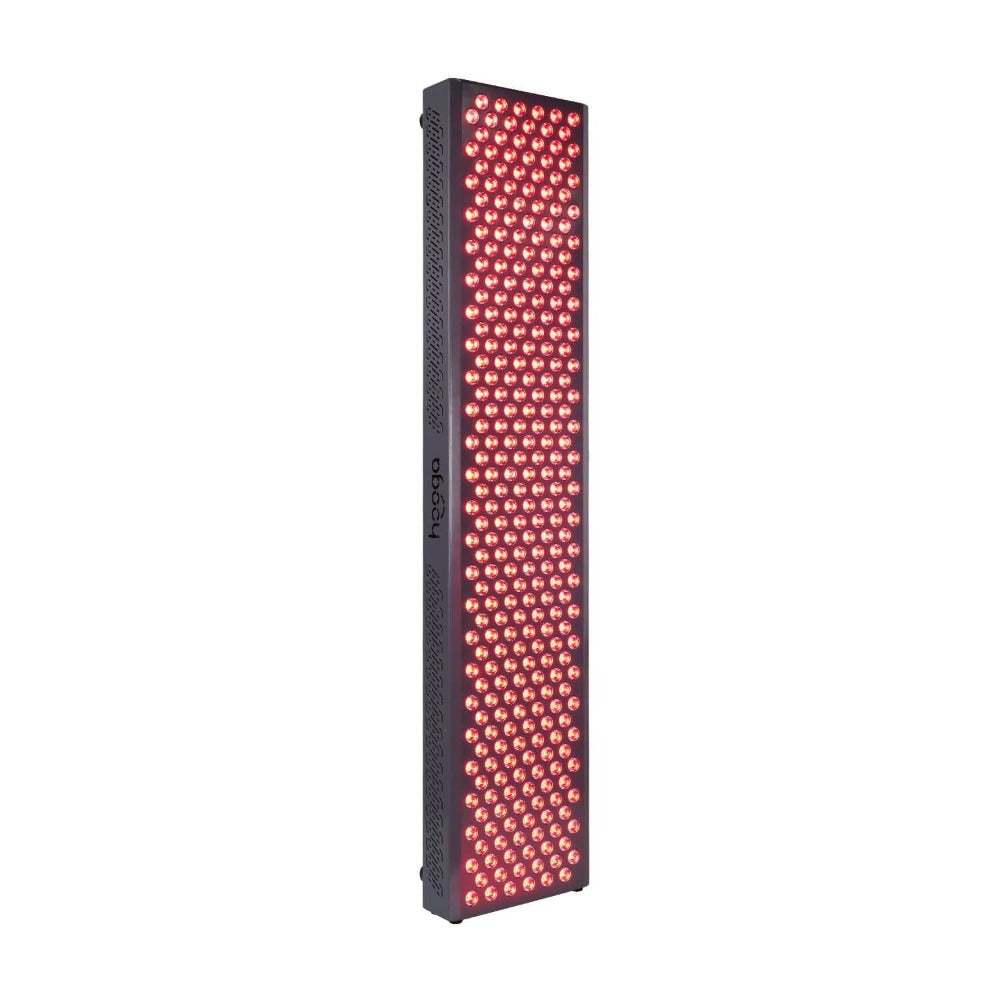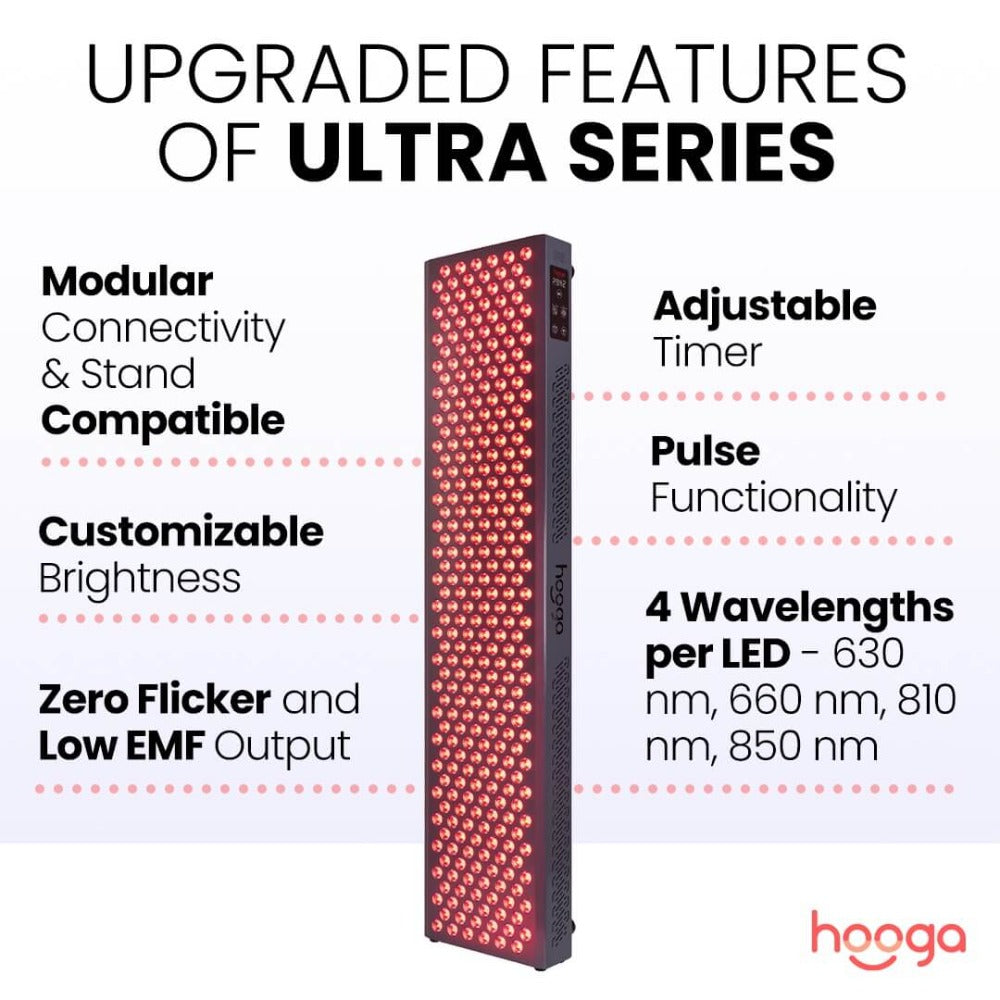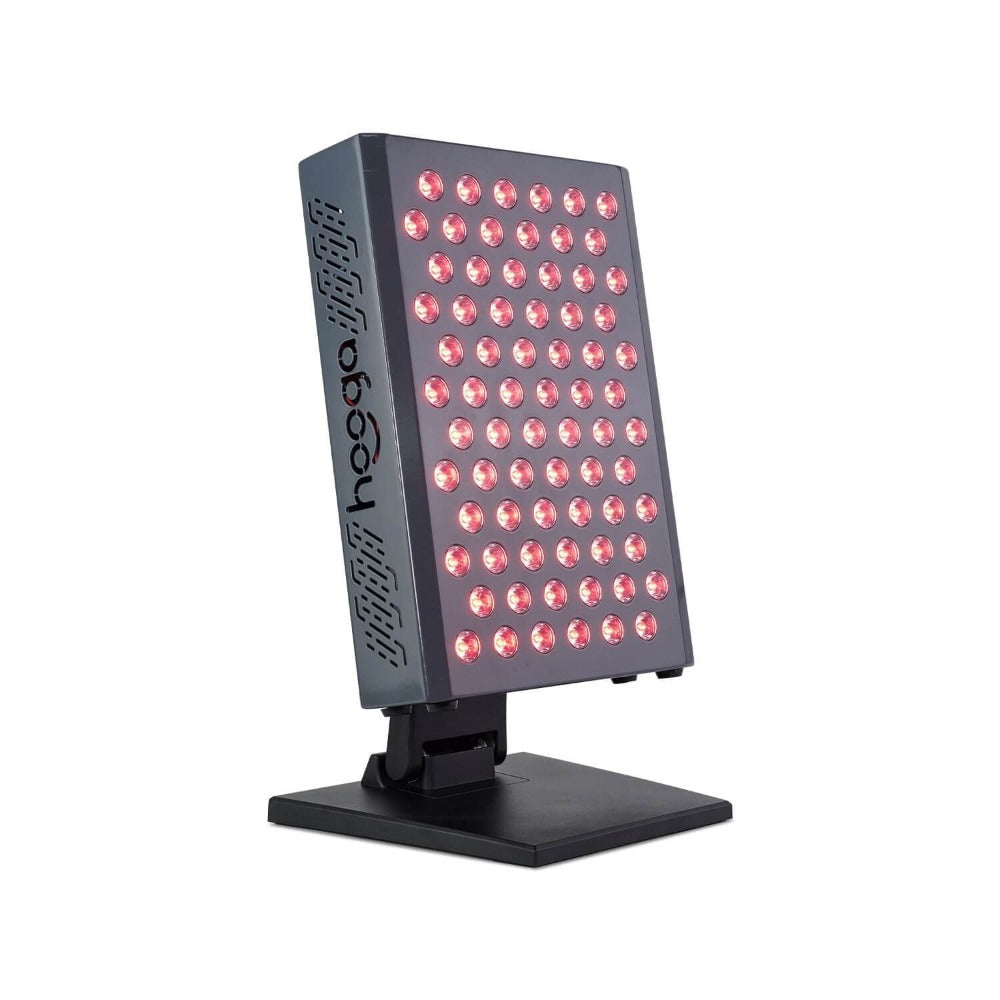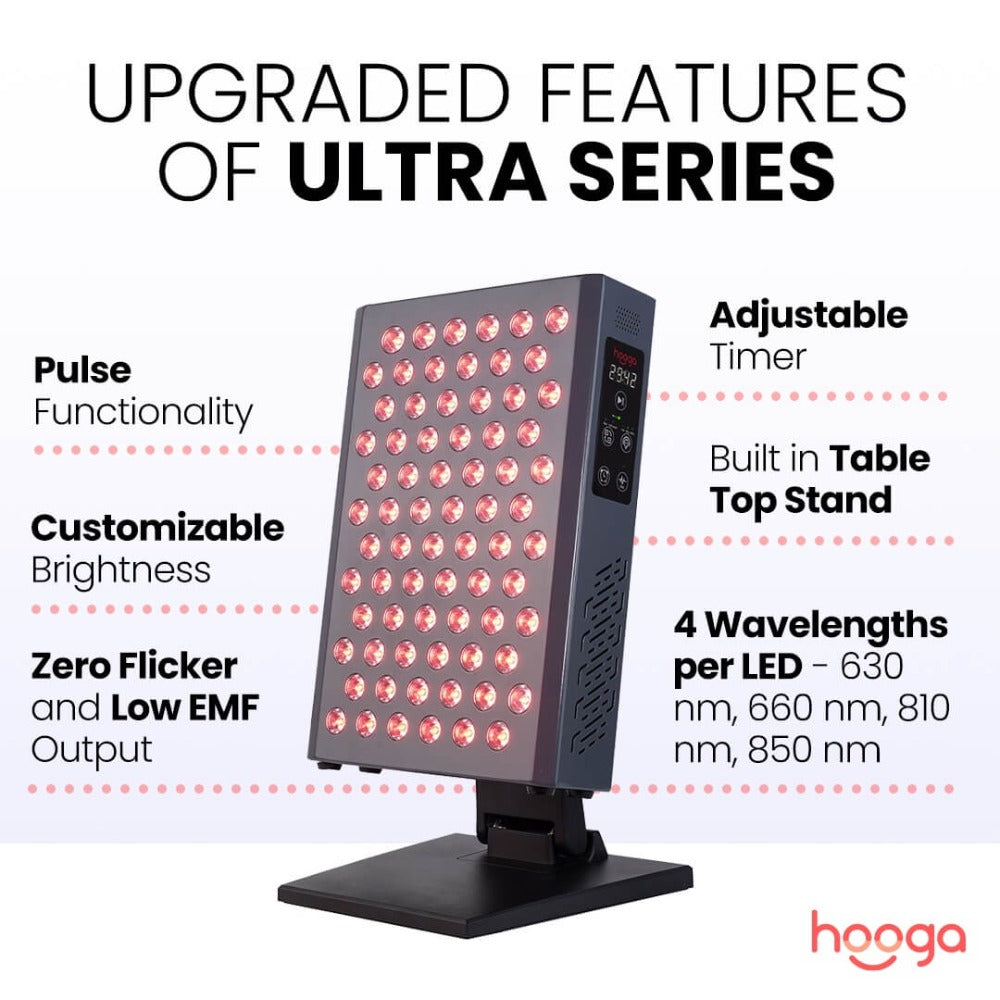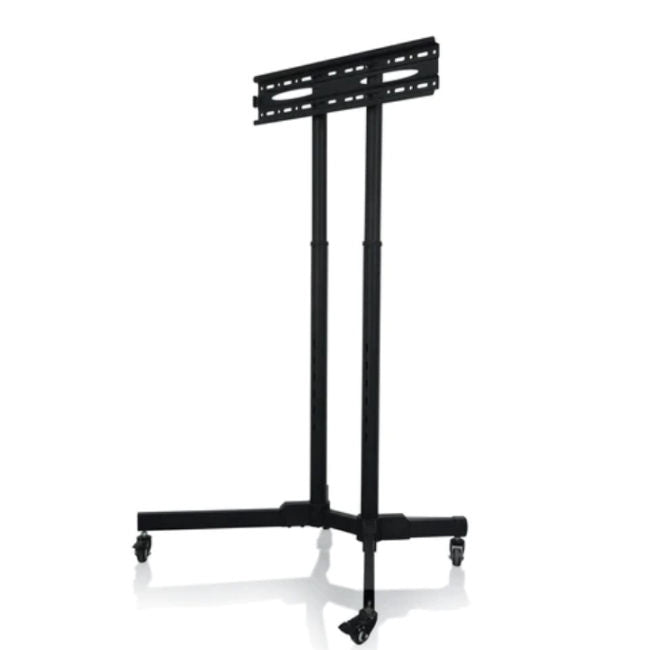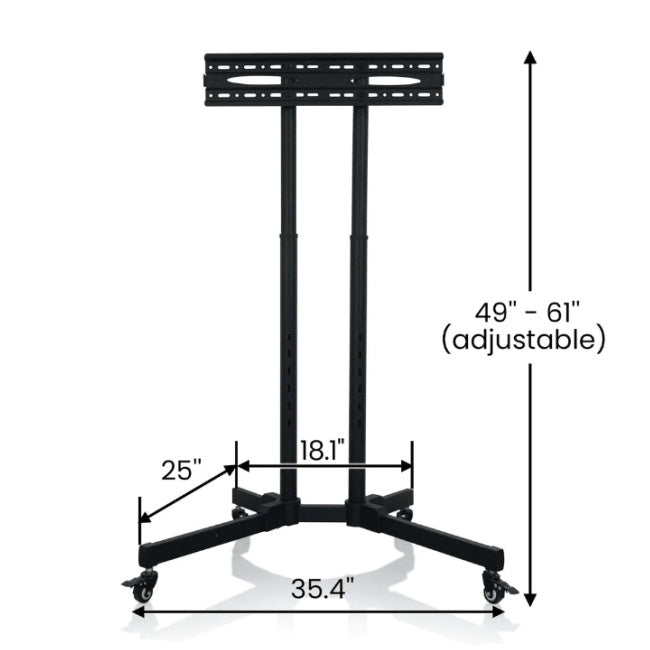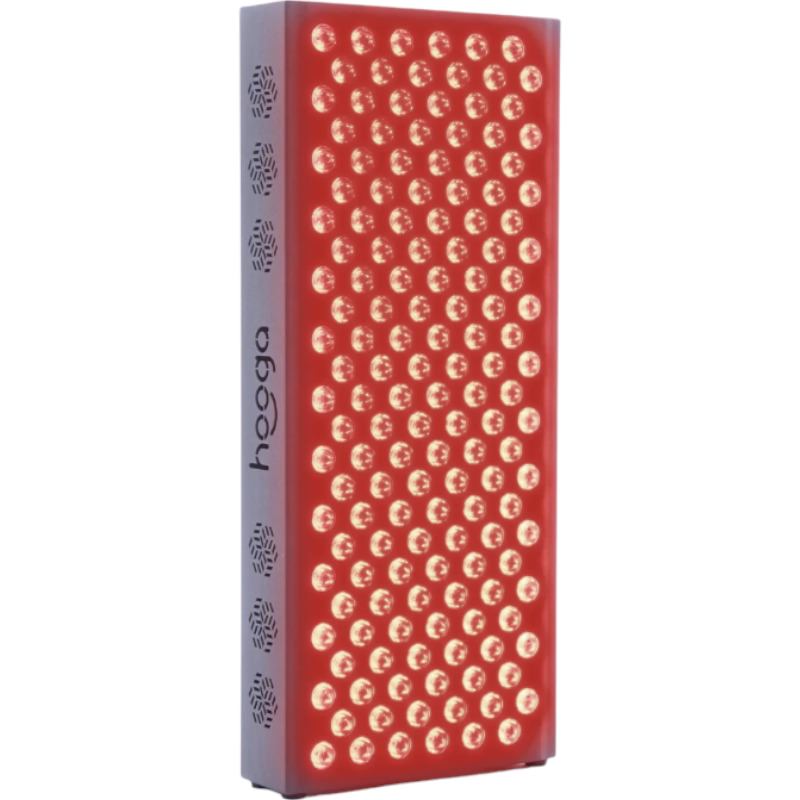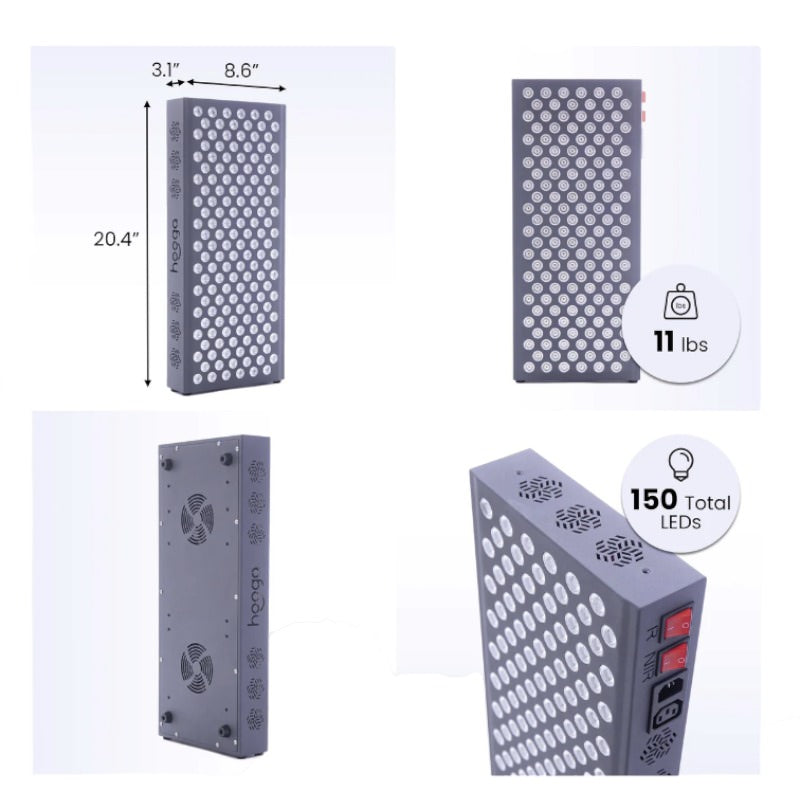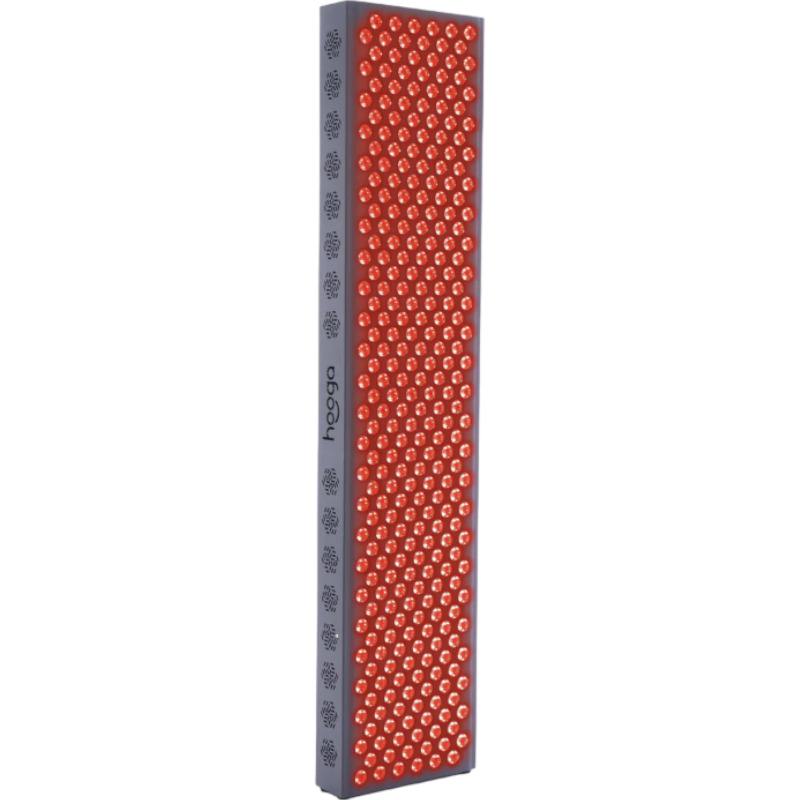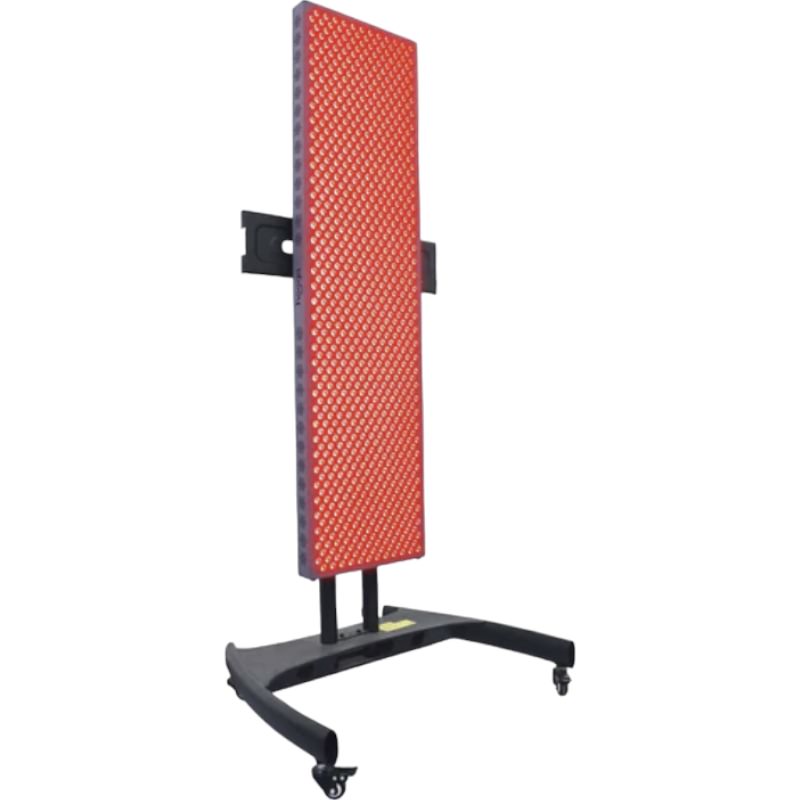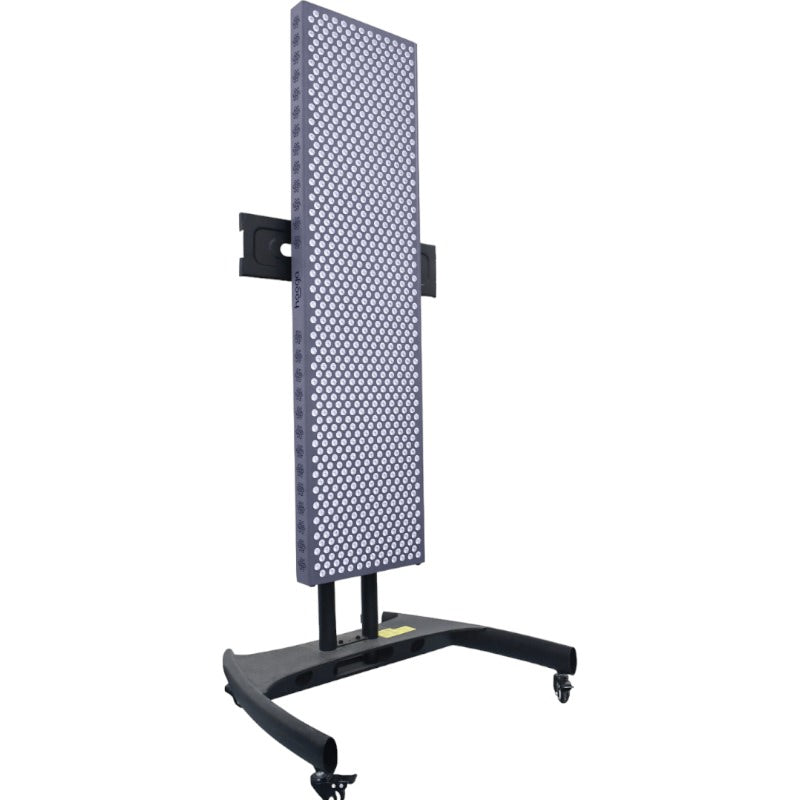Red Light Therapy Panels For Sale: Discover the Top Models Today
Red light therapy panels are gaining popularity as a non-invasive modality to support skin health, enhance muscle recovery, and improve overall well-being. These panels emit specific wavelengths of red and near-infrared light that your body’s tissues can absorb, potentially leading to various cellular benefits. If you're considering incorporating red light therapy into your regimen, consider our range of panels available for sale, from portable devices designed for targeted treatment to large panels for full-body coverage.
When choosing a red light therapy panel, it's essential to consider factors like the light wavelength, irradiance, and FDA clearance. Panels with wavelengths in the range of 660nm for red light and 850nm for infrared wavelengths are typically used because these are believed to penetrate tissue at different depths, potentially providing more comprehensive treatment outcomes. It's important to select a panel that delivers enough power density to be effective, yet operates within safe parameters.
As with any wellness tool, the quality of the product is as significant as how you use it. Investing in a high-quality red light therapy panel means looking for devices that have been tested for safety and efficacy.
Whether you aim to improve your skin's appearance, aid muscle recovery after workouts, or support overall health, there is a red light therapy device that can cater to your needs.
Benefits of Red Light Therapy Panels
Red light therapy devices offer a range of benefits targeting various aspects of health and wellness. Peer reviewed clinical trials suggest that light therapy can help a wide variety of ailments. By utilizing specific wavelengths of light, they can promote healing and improve bodily functions.
Pain Management and Recovery
Red light therapy panels are recognized for their ability to alleviate pain. Your body's tissues can absorb the red and near-infrared light, leading to reduced inflammation and pain. This makes these panels particularly valuable for managing chronic pain conditions and enhancing recovery from injuries.
Skin Health and Anti-Aging
The use of red light therapy can support your skin's health, aiding in the reduction of wrinkles and improving texture. It boosts collagen production, which is essential for maintaining youthful and resilient skin. This non-invasive approach is increasingly popular as an anti-aging solution.
Muscle Repair and Growth
Athletes and fitness enthusiasts often turn to red light therapy for its support with muscle repair and growth. The therapy enhances cellular energy production, which can speed up the muscle recovery process and may even contribute to muscle hypertrophy during training programs.
Improved Circulation
Enhancing your body's circulation is another key benefit of red light therapy panels. Better blood flow means more oxygen and nutrients are delivered throughout your body, supporting overall health and improving the function of tissues and organs.

Choosing the Right Red Light Therapy Panel
When selecting a red light therapy panel, consider factors such as size, power, wavelength options, build quality, and FDA approval to ensure that your choice meets your specific health and wellness needs.
Panel Size and Power Output
The size of the panel and its power output are critical, as they determine the area of your body that can be treated at once and the intensity of the therapy. A Full Body Panel like the Hooga Pro4500 is optimal if you're looking to treat large areas for conditions like muscle soreness or skin health. For smaller, more targeted treatment areas, a handheld or desktop unit may suffice.
-
Full-Body Panel: Covers a significant body area; higher power output.
-
Handheld/Desktop Panel: Ideal for targeted treatment; lower power output.
Wavelength Options
Different wavelengths of red and near-infrared light are used to target various depths of tissue, affecting a range of conditions from skin health to deep muscle recovery. Ensure your panel has the appropriate wavelength options to match your therapeutic needs. The most common and beneficial wavelengths are around 660nm for red light and 850nm for near-infrared light.
-
Red Light (~660nm): Ideal for skin and superficial tissues.
-
Near Infrared Light (~850nm): Penetrates deeper to reach muscles and joints.
Build Quality and Durability
The build quality of your red light therapy panel is a direct indicator of its longevity and safety. Look for robust construction with high-quality materials. A panel with a solid warranty can also be indicative of good build quality, as it reflects the manufacturer's confidence in the product's durability.
-
Materials: Should be safe, sturdy, and free of toxic substances.
-
Warranty: Reflects confidence in panel lifespan and performance.
FDA Approval Status
FDA approval is a testament to a product's safety and efficacy. While not all red light therapy devices are FDA-approved, choosing one that is FDA-cleared can provide additional peace of mind. It indicates that the device has undergone rigorous testing to meet standards set for medical devices.
-
FDA-Approved: Has passed strict standards for safety and efficiency.
-
Not FDA-Approved: May still be effective, but do thorough research on the company and product.

How to Use Red Light Therapy Panels
Understanding the correct way to use red light therapy panels maximizes their potential benefits and ensures your safety. Accurate usage duration, correct positioning of the panel, and adhering to safety precautions are essential steps.
Recommended Usage Duration
Each red light therapy session should typically last between 10 to 20 minutes, depending on the device's power and your distance from the panel. It's important not to overdo sessions, as longer exposure doesn't necessarily translate to increased benefits. Start with shorter durations and gradually increase as your body adapts.
Proper Positioning
Position yourself or the targeted area of your body at a distance of 6 to 18 inches from the red light therapy panel. Ensure the panel is squarely facing the area being treated for optimal light exposure. Consistent, direct exposure is key to achieving the desired effects on the skin or tissue.
Safety Precautions
Wear protective eyewear if your eyes are sensitive to light or if you're using a panel with very high brightness. Do not look directly into the lights. Additionally, ensure that the red light therapy panel is placed securely to prevent it from falling during use, and never use the device on wet skin or in a wet environment to avoid the risk of electric shock.
Installation and Setup
Once you've selected a red light therapy panel, installing and setting it up correctly ensure optimal performance and safety. Follow these guidelines for a smooth start.
Mounting Options
Your red light therapy panel typically comes with brackets or stands for mounting. If you're looking to mount it on a door, ensure that the door is sturdy and can support the weight of the panel. Wall mounting may require drilling and using anchor bolts, which are commonly included in the panel kit. For those who prefer a freestanding setup, adjustable stands are available and can often be positioned at different heights and angles for targeted therapy.
Electrical Requirements
Red light therapy panels require a standard electrical outlet that supports the voltage of the product—usually 110-220 volts. Ensure your outlet is accessible and located near where you'll be positioning the panel. Check the panel's electrical cord length and use a heavy-duty extension cord if needed to avoid stretching the cable too tight. Always refer to the manufacturer's instructions to ensure compatibility and safety with your home or office electrical system.
Cost Analysis
When considering red light therapy panels, your two primary financial concerns are the initial investment and long-term value. Understanding the nuances between upfront costs and lifetime value is crucial in choosing a cost-effective option for your needs.
Initial Investment
The initial cost of red light therapy panels varies widely depending on their size, quality, and features. You can find budget-friendly panels priced as low as $100, but they may offer limited features and lower power. Mid-range models suitable for home use typically fall between $500 and $1,500. For premium power and customization, Hooga is a notable brand, known for its balance of quality and features. On the higher end of the spectrum, professional-grade panels may exceed $10,000, especially if they are part of a large, full-body setup.
-
Budget-Friendly but Sketchy: Starting around $100
-
Mid-Range: $500 - $1,500
-
Professional-Grade: $10,000+
Long-Term Value
The value of red light therapy panels over time is significant, as they are durable and generally have long lifespans. The cost per session at a clinic can range from $15 to $100, which adds up over time; home panels, on the other hand, become more cost-effective the more you use them. When purchased for home use, comparing expensive clinics to home use shows that the latter can lead to substantial savings, particularly if multiple household members are using it or if you require desire sessions. Consider the warranty and expected lifespan of the device to ensure you make a sound, long-term investment.
-
Clinic Sessions: $35 - $150 per session
-
At-Home Panels: One-time purchase with potential long-term savings
-
Warranty & Lifespan: Critical factors for long-term value
Conclusion on Red Light Therapy Devices
Choosing the right red light therapy panel is a crucial step towards embracing a healthier lifestyle. With the myriad of options available, it's essential to weigh the factors like wavelength range, power density, and size against your personal needs and goals. Remember, the best panel for you is one that not only fits into your lifestyle and budget but also meets the highest standards of safety and quality. As you embark on this journey, let your informed decisions guide you to a product that enhances your well-being and supports your health ambitions. Here's to finding your perfect red light therapy panel and stepping into a brighter, healthier future.





